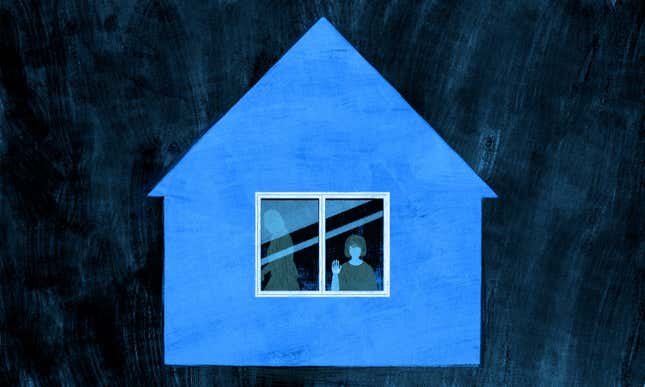What to Make of Claudia Conway's Domestic Violence Allegations
Latest
Illustration: Angelica Alzona
“So, Kellyanne, you’re going to fucking jail,” said 16-year-old Claudia Conway, daughter of former Trump adviser Kellyanne Conway, in a TikTok posted Monday night. She was reacting to news that a topless photo of herself was briefly posted to her mother’s Twitter account, the veracity of which she confirmed. In the same TikTok, Claudia said she suspected Kellyanne took a photo of the image months ago when her mother confiscated her phone. Claudia added that she believed her mother kept the photo to use against her. She said she was unsure whether it was posted on accident or due to a hack, and Twitter is reportedly investigating the matter.
The reaction was swift. Screenshots, sometimes censored, that purported to be of the photo made the rounds on social media in a righteous, if deeply misguided, attempt to help spread awareness. Claudia’s TikTok followers watched in real-time as the teen reacted to the news as any child would: Fear, anger, and actions Claudia herself would later describe as “irrational.”
“I’m shaking, I don’t know what to do,” Claudia said in a separate Monday night TikTok. “I’m literally at a loss for words… if you see it, report it. My mom deserves to go to jail, that’s unreal.”
By Tuesday morning, Claudia Conway was a trending topic on Twitter, and it wasn’t the first time. Just days prior, she posted a series of now-unavailable TikTok videos that allegedly document abuse by her mother. In the videos, Kellyanne is allegedly heard berating Claudia, calling her a “dumbass” and a “bitch” who is lucky her mother is “pro-life.” She also appears to strike Claudia in one instance.
Law enforcement made a visit to the Conway home in New Jersey after Claudia posted the footage. Claudia filmed the January 2 encounter and posted an edited version to TikTok. Kellyanne is seen telling an officer that her daughter is going through a “hard time.”
That wasn’t the only police encounter that the Conways have had in the last week. The Daily Mail published photos of officers arriving at the Conway home following the topless photo incident on Tuesday. In a series of sobering TikTok videos, Claudia begged viewers to stop calling the cops, noting that their involvement is only making the matter worse for her and her family.
“Yesterday when I was made aware of the situation, I was distraught and reacted very irrationally and impulsively and it’s something that I do regret,” Claudia said.
Claudia said she knows her mother would never intentionally publish such a photo and is convinced she was hacked.
-

-

-

-

-

-

-

-

-

-

-

-

-

-

-

-

-

-

-

-

-

-

-

-

-

-

-

-

-

-

-

-

-

-

-

-

-

-

-

-








































